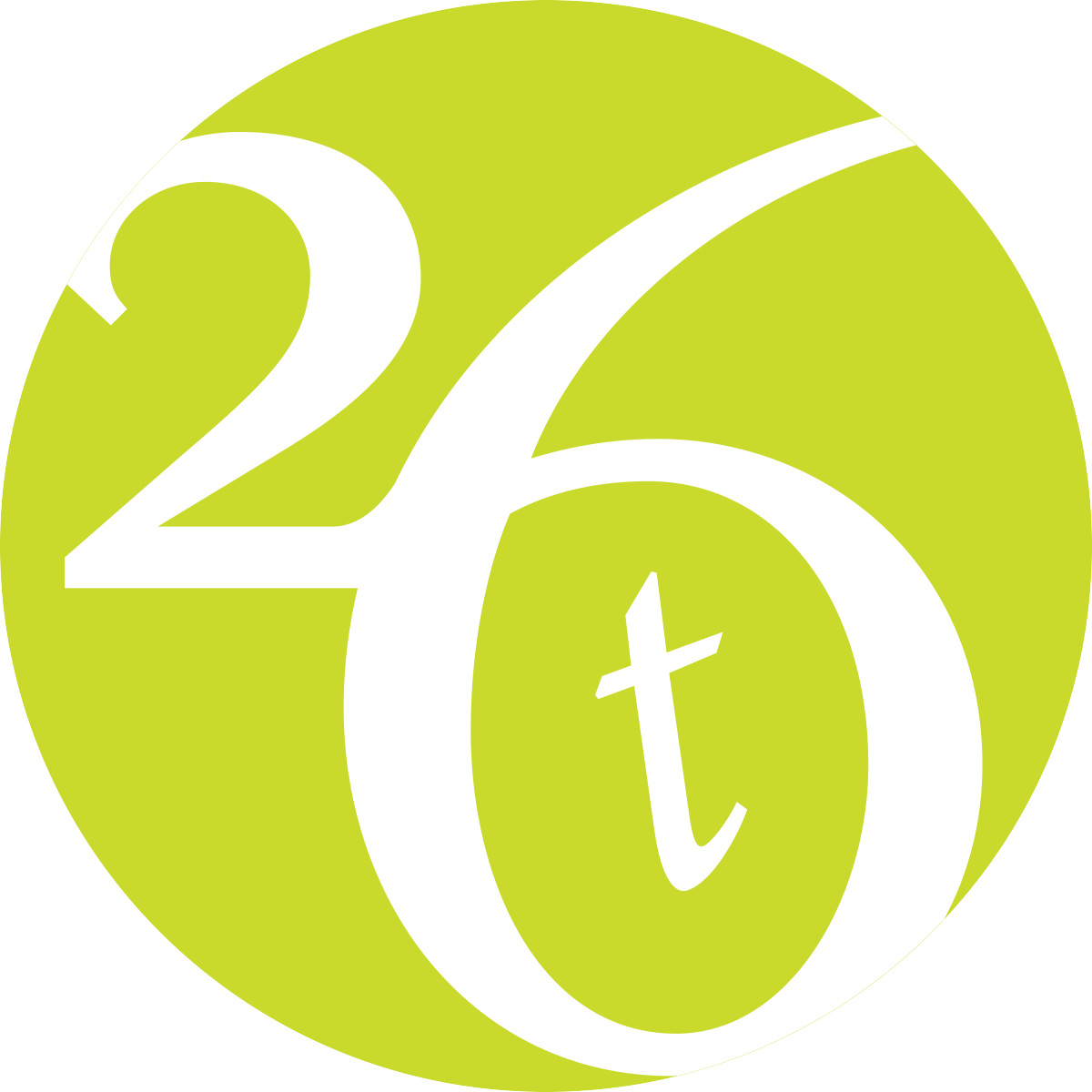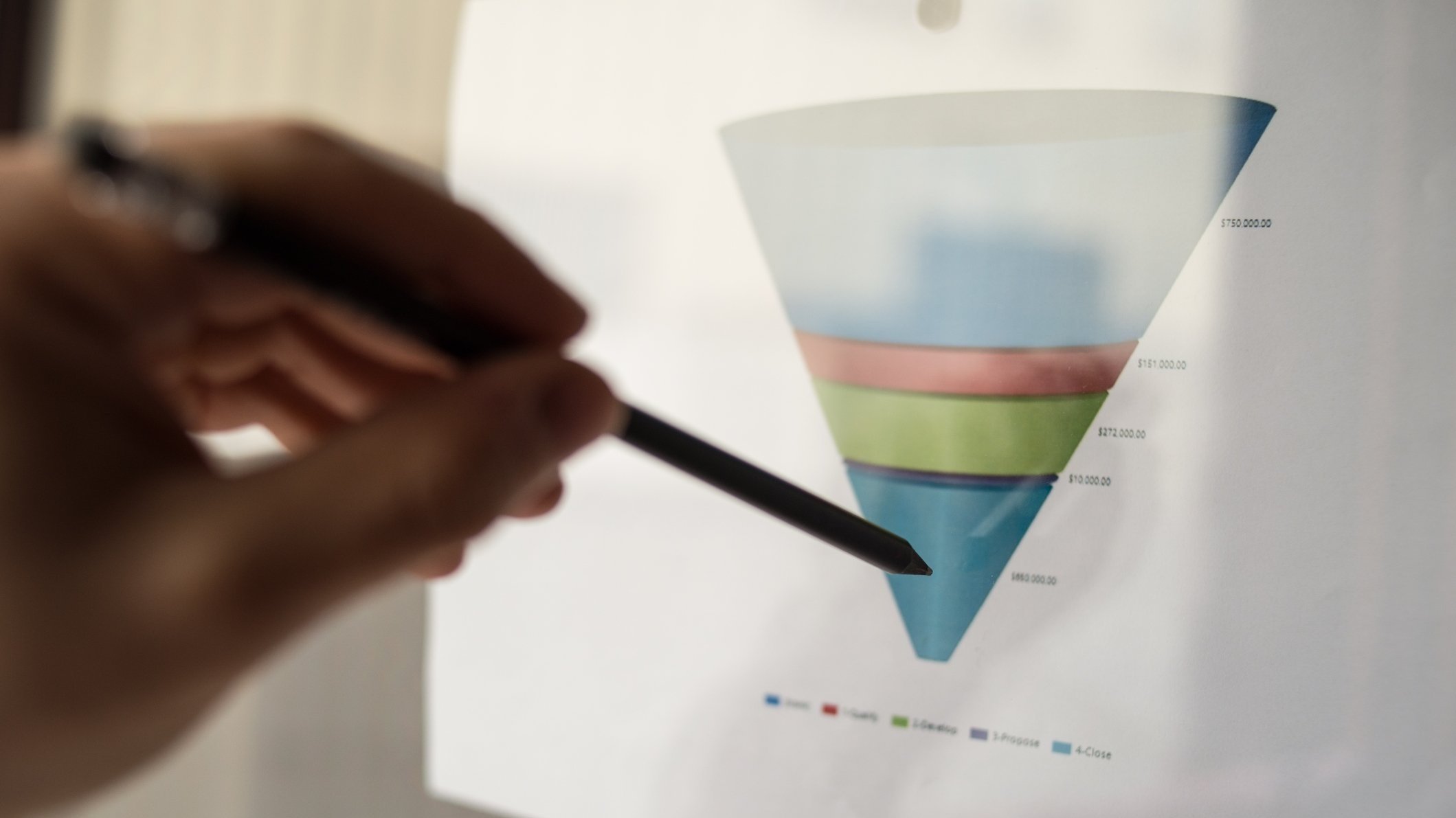Understanding the customer journey
If you're new to marketing, this concept might sound complex, but it's actually a straightforward and effective way to understand how potential customers become loyal patrons of your business.
What is a marketing funnel?
Imagine a funnel: wide at the top and narrow at the bottom. This represents the journey your potential customers take from first learning about your product or service to making a purchase. The funnel is divided into three main sections: Top of Funnel (TOFU), Middle of Funnel (MOFU), and Bottom of Funnel (BOFU).
1. Top of the funnel (TOFU): Awareness and discovery
At the top, the funnel is widest, signifying the awareness or discovery phase. Here, potential customers are just beginning to learn about your products or services. They might have a problem or need but are not yet aware of the solutions you offer.
TOFU example
I’m not thinking about changing banks, but Ally is putting the idea in front of me.
Key questions
Think about where you might find these prospects and how it aligns with your products or services.
Do they read financial papers, browse social media, or attend industry conferences?
What messages will pique their interest to get them to the next step?
2. Middle of the funnel (MOFU): Consideration and evaluation
As we move down to the middle of the funnel, potential customers start evaluating their options. They are considering whether your product or service is the right solution for their problem. This is where they compare different offerings, read reviews, and delve deeper into what sets your brand apart.
MOFU example
Let’s say because I saw that Ally bank ad, I start to research banking options. Since I have a small business, American Express targets me with an ad for their Business Gold Card.
Key questions
What is your prospect’s evaluation criteria? Is it certain features you offer or pricing?
What type of content will drive engagement?
What are common objections prospects might have and how will you address them?
3. Bottom of the funnel (BOFU): Decision and action
Finally, at the narrowest part of the funnel, the customer is ready to make a decision. They've evaluated their options and are now prepared to purchase. This stage is crucial because it's where you need to reinforce their decision and facilitate the purchasing process.
BOFU example
Finally, after doing research, I engage with an American Express ad or other form of media and I’m taken to a landing page, which is the final step prior to applying for a business card.
Key questions
What are your prospect’s purchase motivators?
What steps are involved in the sales process?
What are the final actions your prospect needs to take?
Evaluating your funnel
The marketing funnel is a powerful tool to understand and optimize the customer journey. By catering to your potential customers at each stage of the funnel – from awareness to decision – you can effectively guide them towards choosing your product or service. Remember, it’s about creating a journey that's informative, reassuring, and seamless for the customer.
Leverage the Customer Journey worksheet below to jumpstart identifying your customers’ journey.




